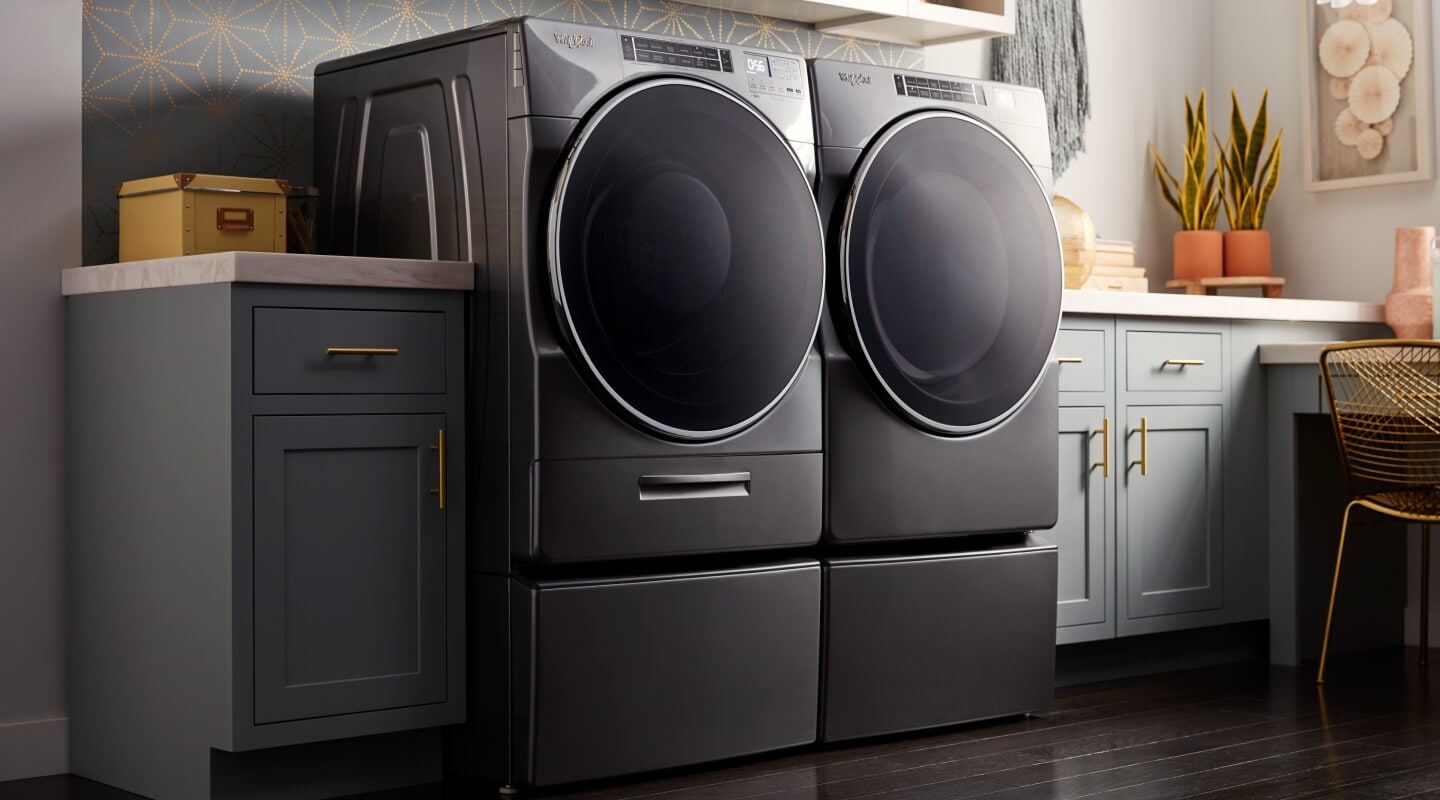
What is tumble dry?
Tumble dry is an alternative to air drying. Instead of drying clothes on a line or a rack, you can use the convenience and speed of a dryer when using the tumble dry setting. Knowing when and how to tumble dry is key to not only saving time, but to also keeping your clothes looking their best.
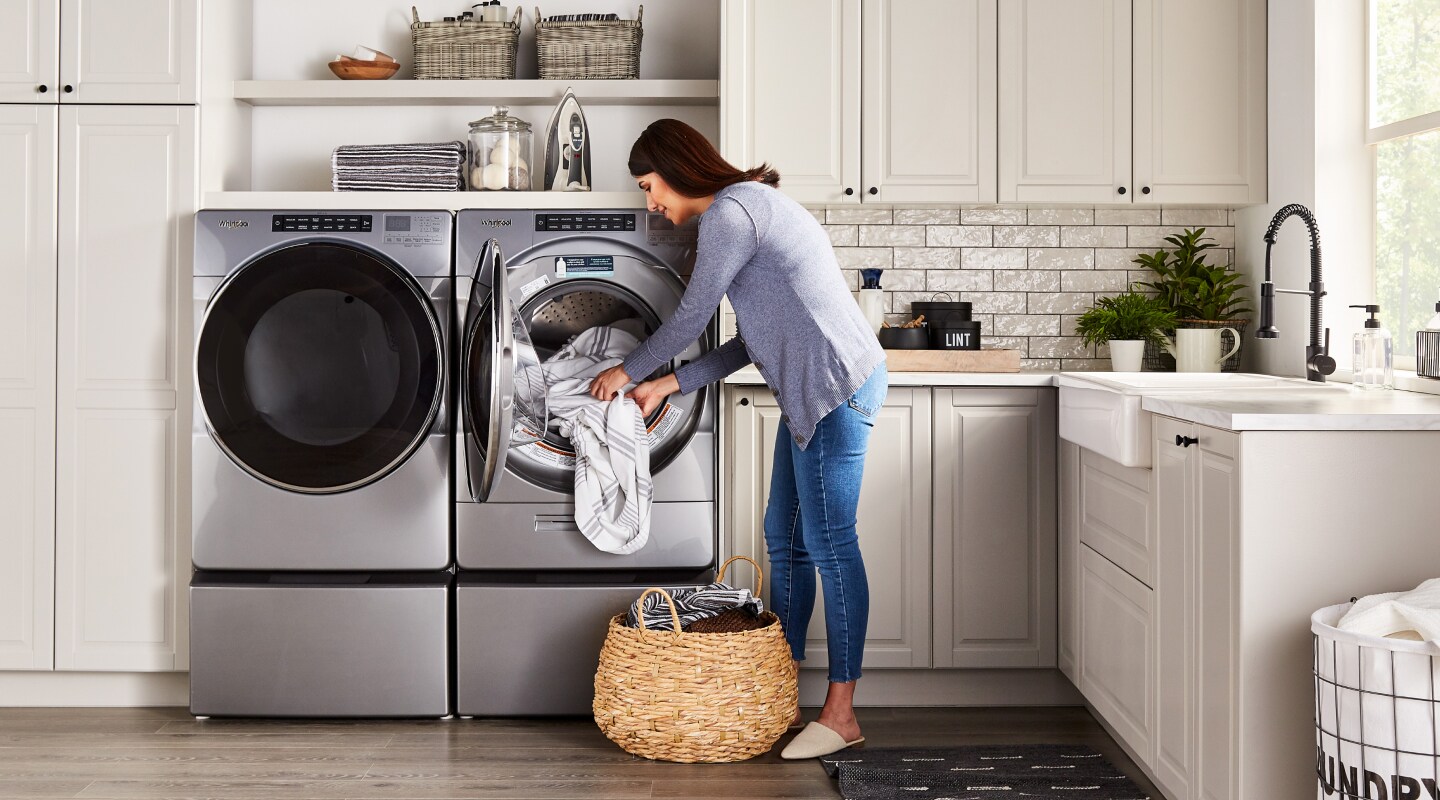

How to tumble dry
Tumble drying is simply drying your laundry using a dryer. To tumble dry your clothes, loosely place dryer-safe clothing in the dryer and select the proper cycle and temperature setting.
Any clothing with the tumble dry symbol, a square with a large circle inscribed in it, can go in the dryer, but some garments require a certain heat setting (the more small black dots inside the circle, the higher the heat).
What do tumble dry laundry symbols mean?
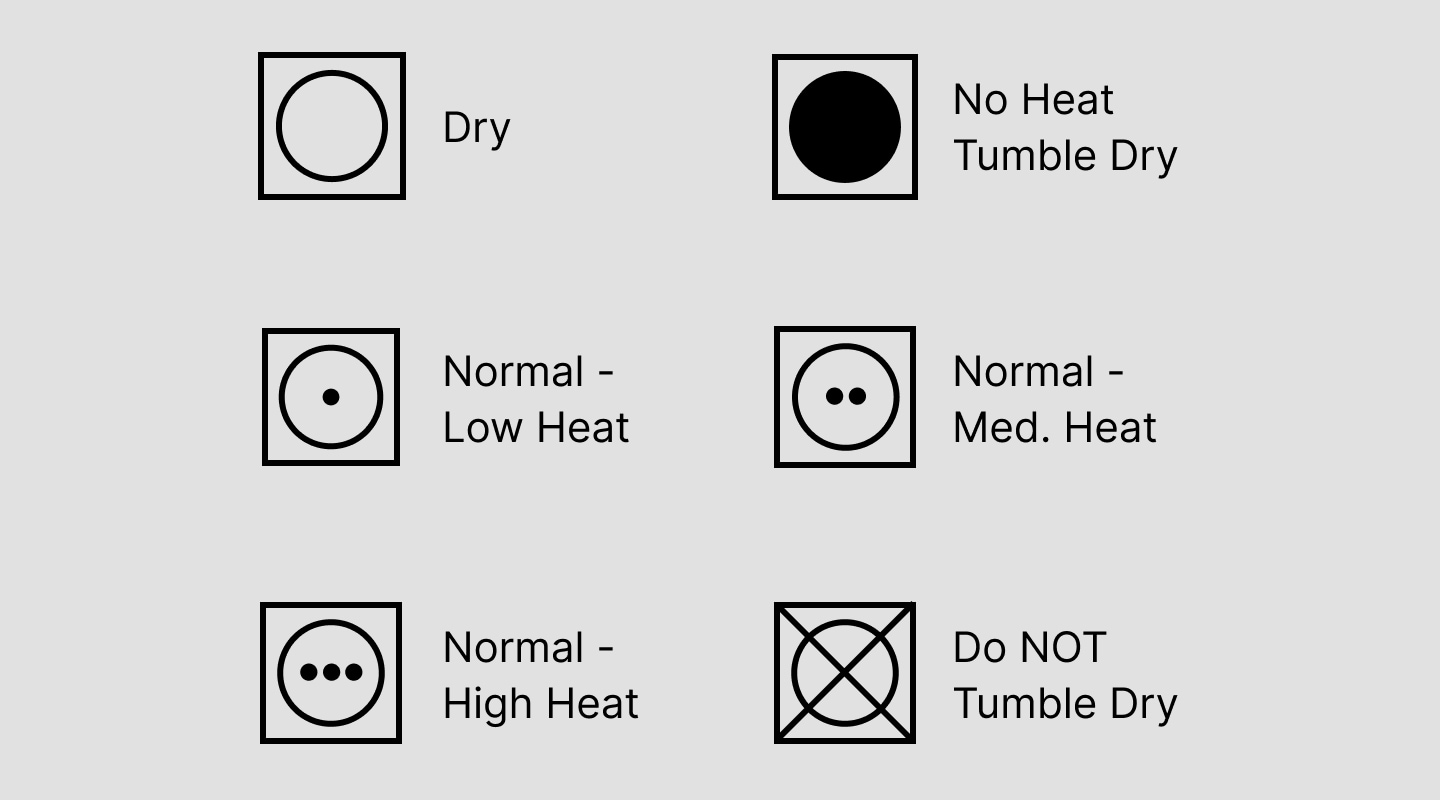
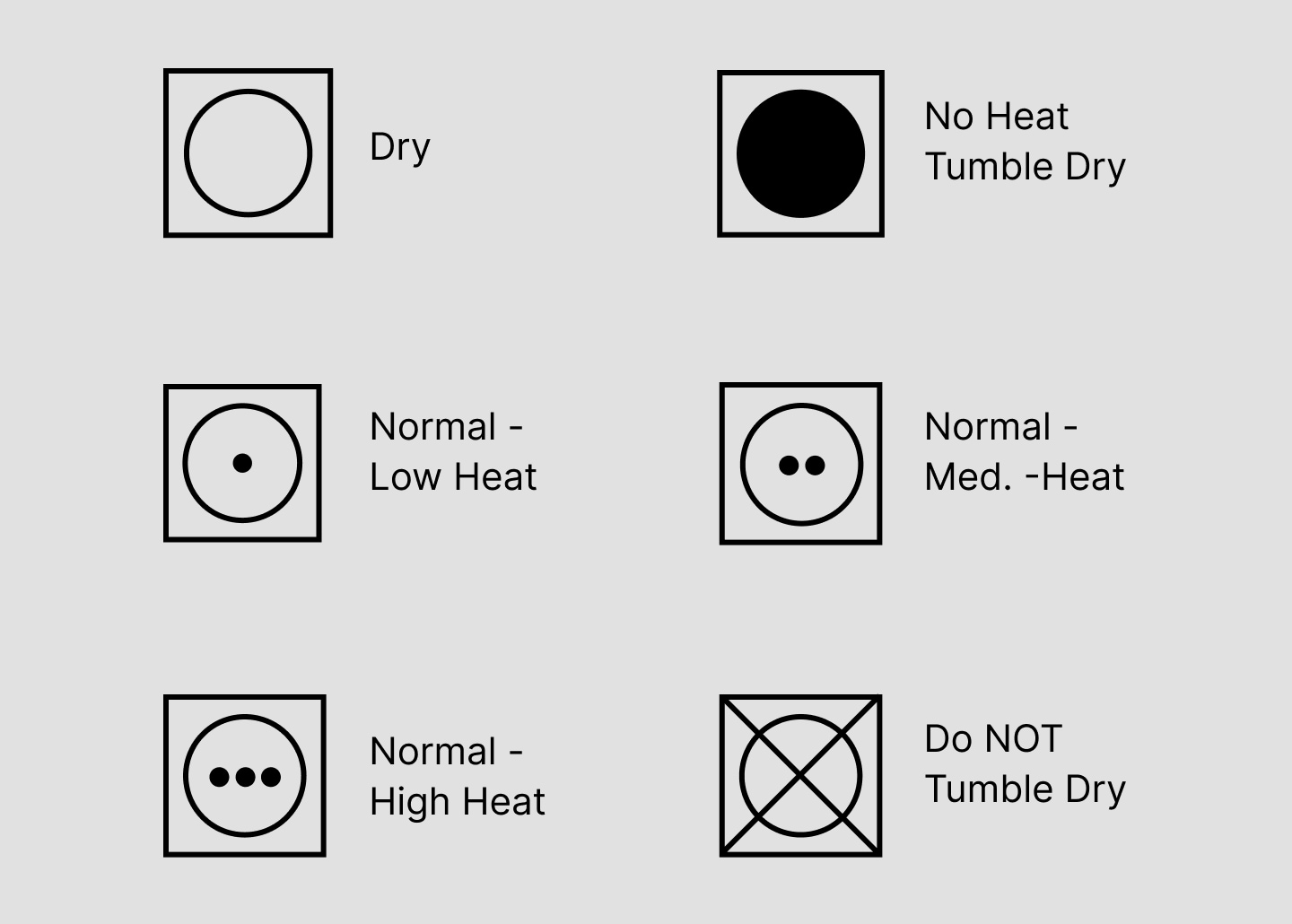
If your garment can be tumble dried, the laundry care label will indicate that with a dryer symbol (a square around a large circle). Laundry labels with a dryer symbol with an “X” drawn through it show that the item should not be dried using tumble dry.
Understanding tumble dry settings: high, low & no heat
To keep your clothing in the best condition, it’s important to understand the different temperature settings for tumble dry and when to select them. Read on below to learn more about high, low and no heat tumble dry settings.

What is tumble dry high?
Tumble dry high (or Heavy Duty/Sanitize) is best for cotton and other items that may take longer to dry (sweatshirts, beach towels from family vacay, etc.). You might also need to turn up the heat when you need something done fast. Be sure to check garment care tags before drying items on high.
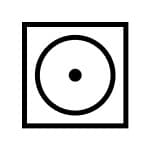
What is tumble dry low?
Tumble dry low (or Delicate/Gentle cycle) is ideal for loosely woven fabrics or anything with embellishment, like beading, sequins and iron-on decals (sports jerseys). It’s especially important to dry spandex/exercise clothing on low heat because it helps retain the garment’s fit and performance.
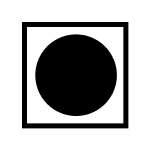
What is tumble dry no heat?
Tumble dry no heat means using the dryer without any heat. The dryer simply tosses your clothes using room temperature air. This setting is often used to fluff-up garments, and help remove dust or lint. It can be utilized for a similar result to air drying and may help to prevent shrinkage in clothes. Tumble dry with no heat will take longer to complete than tumble dry with heat, as no heat is employed.

Moisture Sensor
Stop drying at just the right time
Help prevent over-drying with Moisture Sensing that stops the cycle when the load is dry
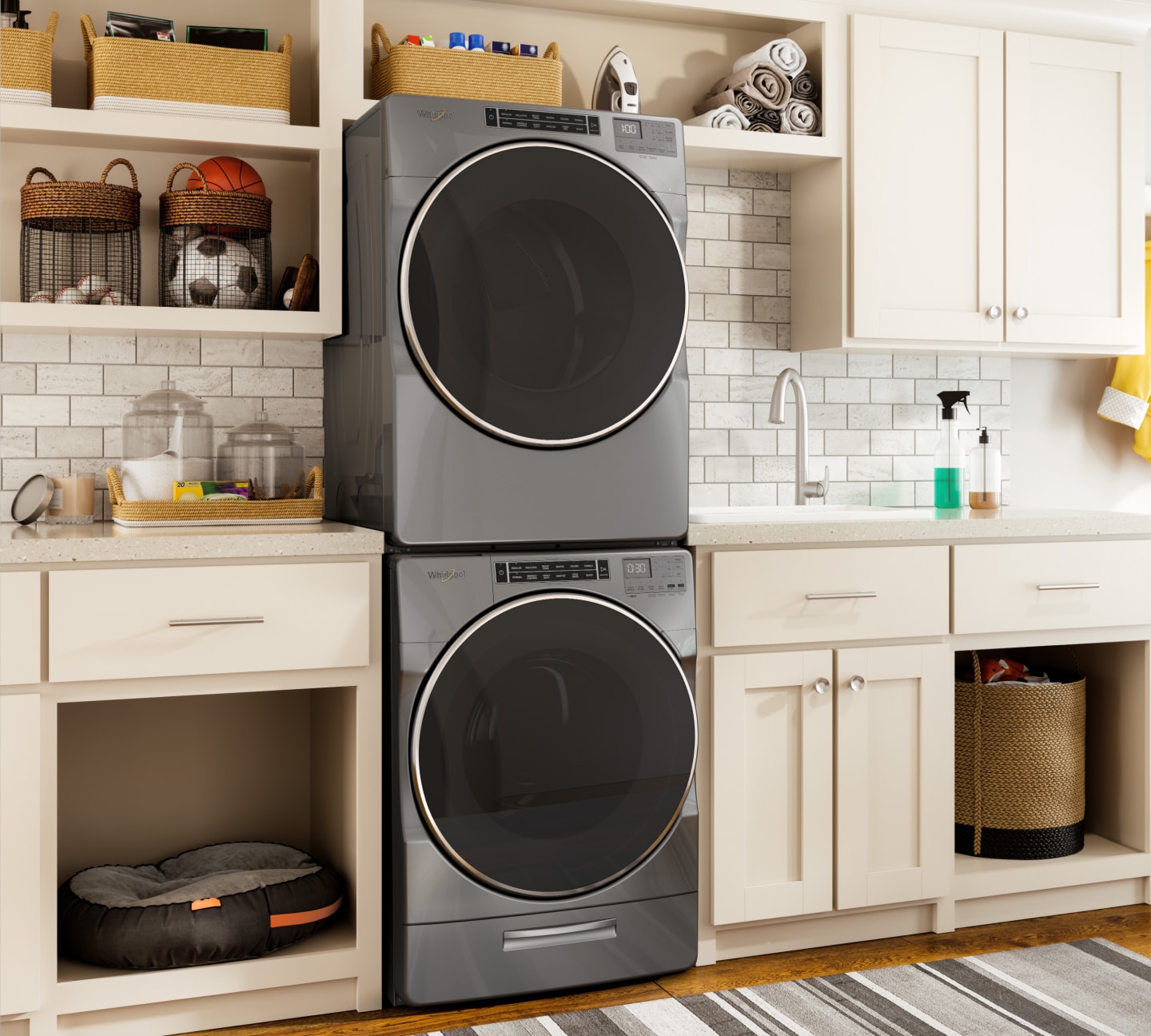

What does “do not tumble dry” mean?
Certain garments shouldn’t go in the dryer at all. Subjected to high temperatures, silk may shrink, wool and knitwear may pill and undergarments may shrink or lose their shape. Learn more about how to prevent pilling on your clothes. Make sure you always check for the do not tumble dry (an X’ed circle) and dry clean only (an open black circle) symbols.
Care Tip
You can try throwing a clean, dry towel in with your just-washed load to help soak up excess water and cut down drying time. Learn more about how to quicken your drying cycle.
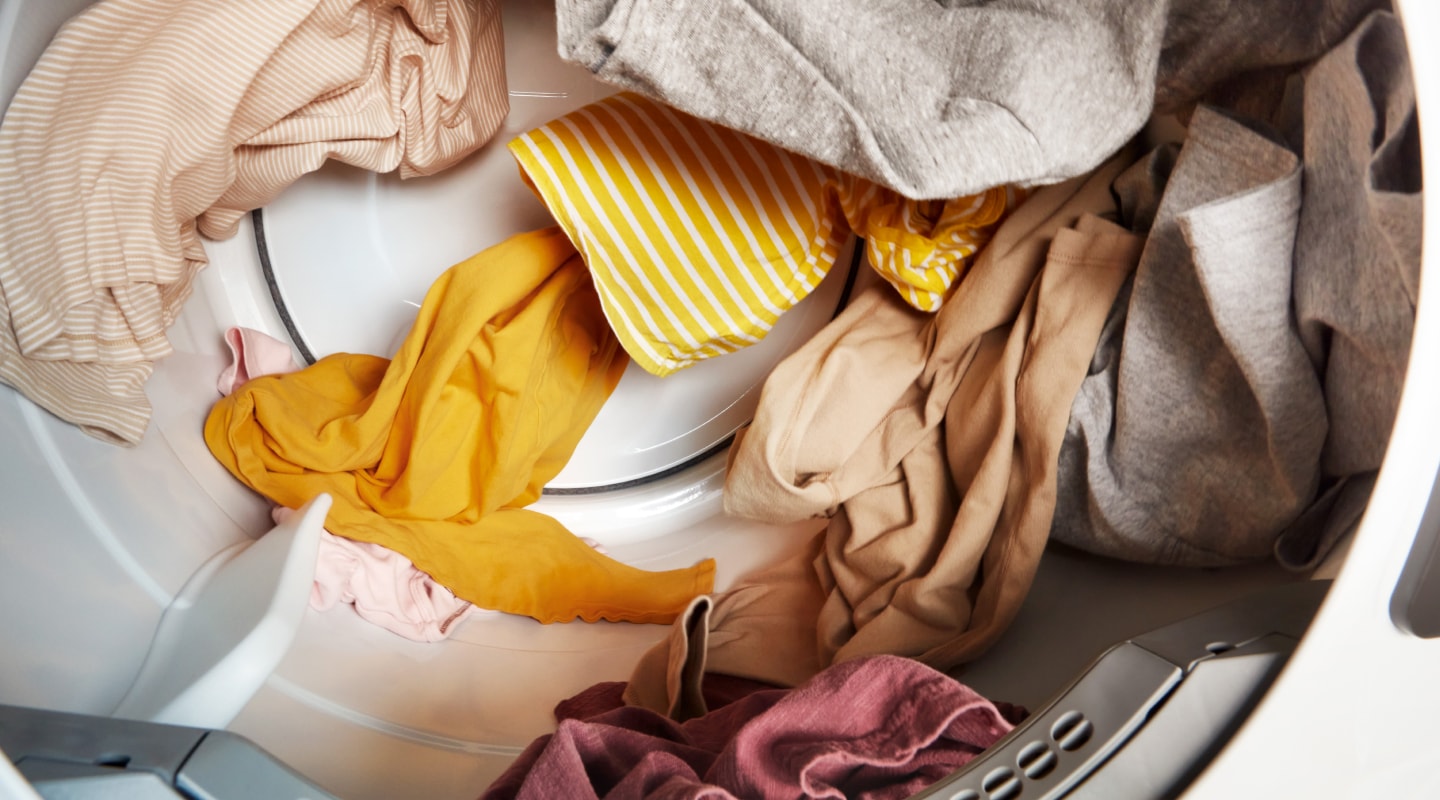

Tips for tumble drying
Knowing whether you can tumble dry an item (and even at what temperature) is not enough. Learn more about dryer cycles and follow these tips for optimal results.
Keep like clothes together so lightweight or fast-drying items don’t overdry. Don’t put towels with permanent press garments in one load, for example. Undergarments and delicates should be dried separately.
Washed clothes should be wet but not dripping. If they’re soaked, leave them in the washer for another spin cycle to wick away excess moisture.
Avoid overloading your dryer. Tightly balled up clothes or an overflowing drum leads to slower dry times and wrinkled results, and can affect the balance which may cause squeaking or noises from your dryer.
- Follow dryer sheet recommendations and avoid using more than the suggested amount because it may create a waxy build up on the lint screen. Clean the screen after every load to maintain good air circulation for fast dry times.
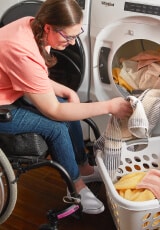
Find the right sized laundry set for your home
Read Article
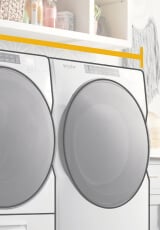
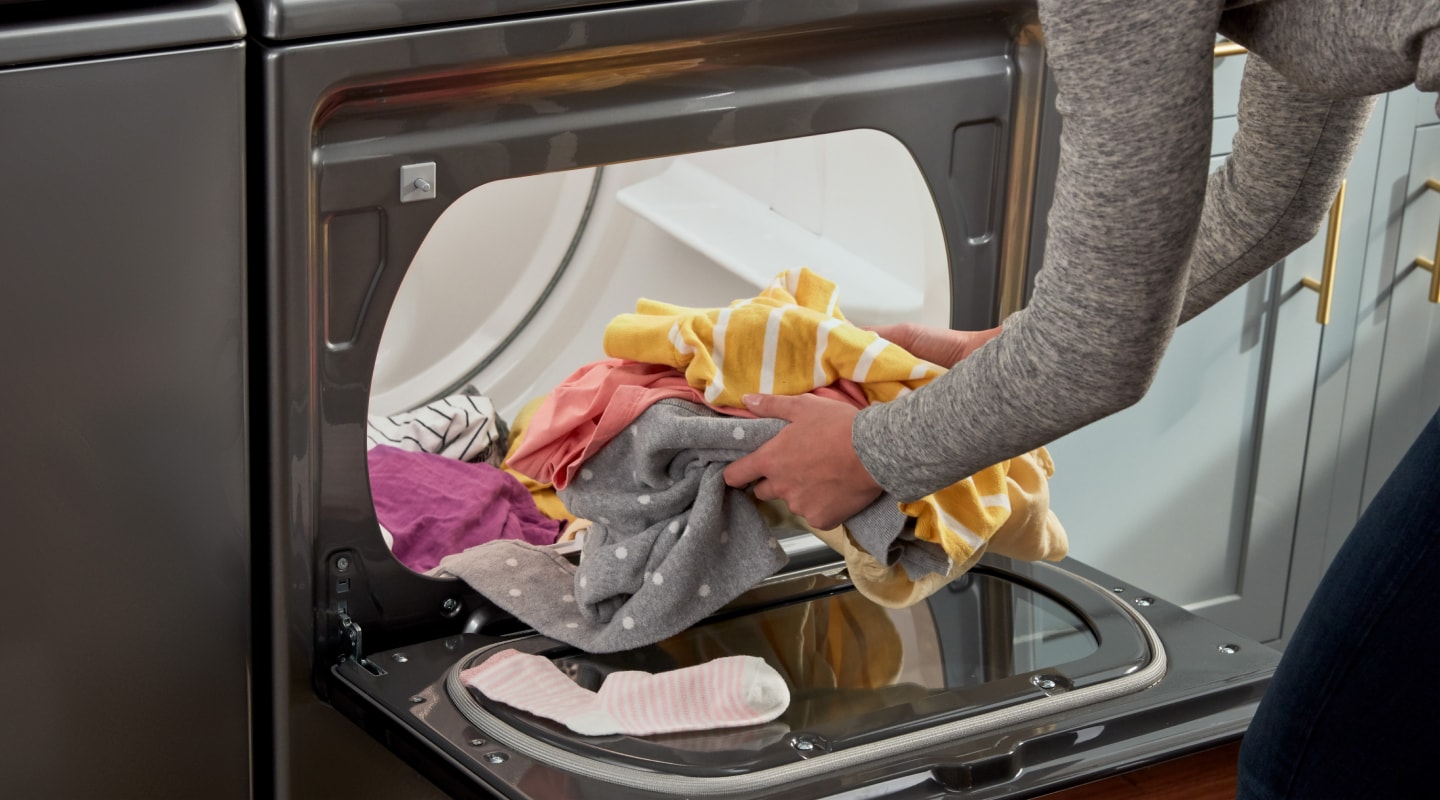


Does tumble dry mean air dry?
“Tumble dry” indicates that the item of clothing can be dried using a dryer rather than hanging it up or laying flat to dry. Garments with laundry labels that show it’s safe to tumble dry can be thrown in the dryer using the recommended heat setting.

Is tumble dry the same as spin?
No, tumble dry is different from a spin dry. Spin dry cycles in a washer remove excess water without using heat by spinning your laundry to extract water. With washer spin cycles, clothing is likely to come out damp rather than completely dry. Tumble dry cycles on a dryer use heat to remove water from your laundry unless the “No Heat” setting has been selected.
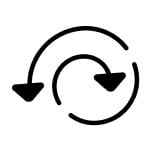
What can I use instead of tumble dry?
You can still dry your wet laundry without a tumble drier, though it may be more time consuming. To dry your clothes without a conventional dryer, you can use an extra spin cycle in your washer to wring out excess water, then hang your laundry on a clothing line or drying rack to air dry.
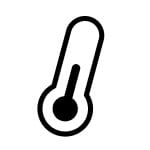
What temperature should I tumble dry at?
The temperature you should use for tumble drying your laundry depends on the type of fabric you intend to dry. Always consult your clothing’s laundry care label to determine the best drying temperatures to best care for your items.

Does tumble dry shrink clothes?
If you don’t follow your laundry care label instructions for washing and drying, you run the risk of shrinking your clothes. Some fabrics can shrink in high heat drying cycles, which is why the care label will indicate the proper washer and dryer temperatures to select when doing laundry for your family.
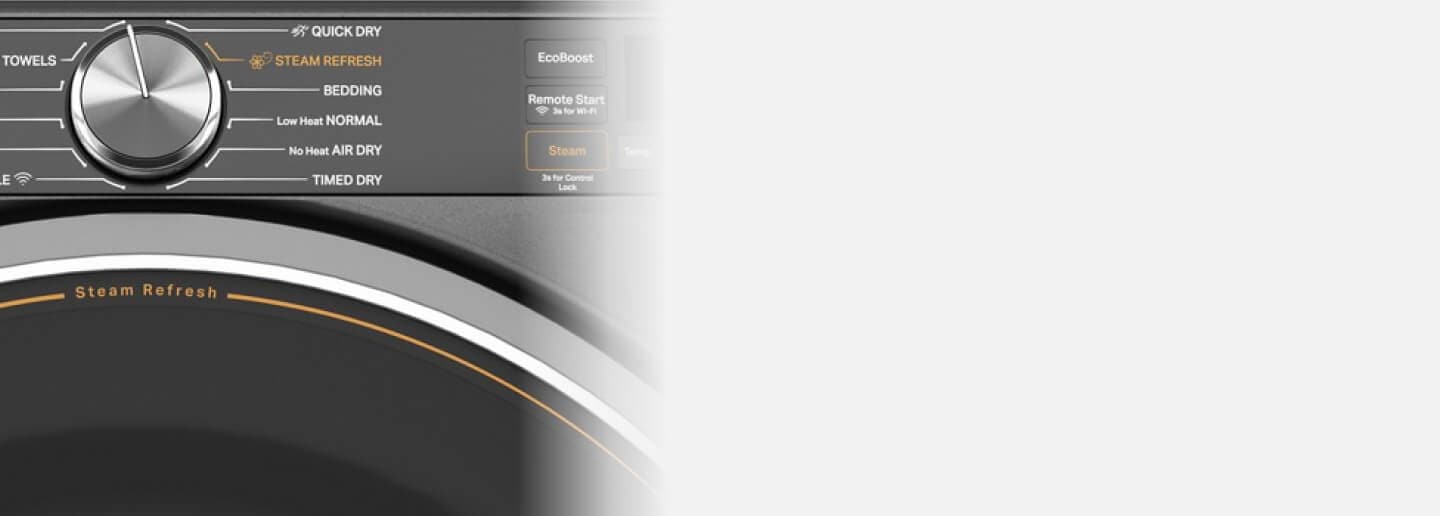
Steam-enhanced cycles
Refresh your clothes
Help clothes look their best with steam-enhanced cycles and options that help prevent wrinkles and reduce static, available now on select Whirlpool® Dryers
Find your new Whirlpool® dryer with tumble dry
Now that you know how to better care for your family’s clothes and prevent damage, shrinkage and overdrying, check out Whirlpool® dryer innovations, like Intuitive Touch Controls, that help deliver optimal fabric care by letting you create custom cycles based on what you’re washing. Plus, learn more about how dryers work, how to care for your dryer and how to fix a dryer should a problem arise. Shop our complete lineup for dryers that keep laundry day rolling — and then get on with the rest of your day. Learn more about different types of dryers, including our gas and electric options, and browse the entire line from Whirlpool brand.


Helping kids stay in school
Learn how Whirlpool helps end the dropout cycle by giving kids access to clean clothes through the Care Counts™ Laundry Program
Was this article helpful? Pass it on
Explore more from Whirlpool brand


home heartbeat
Ready for more tips, home hacks and appliance guides?

